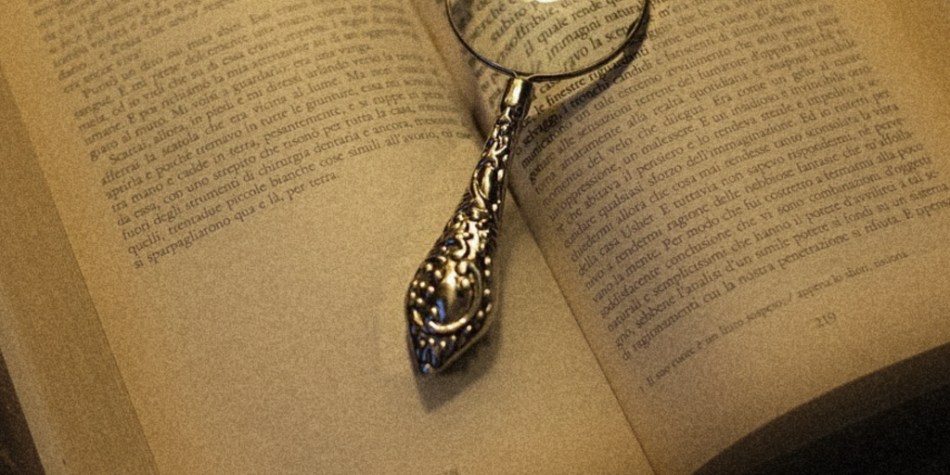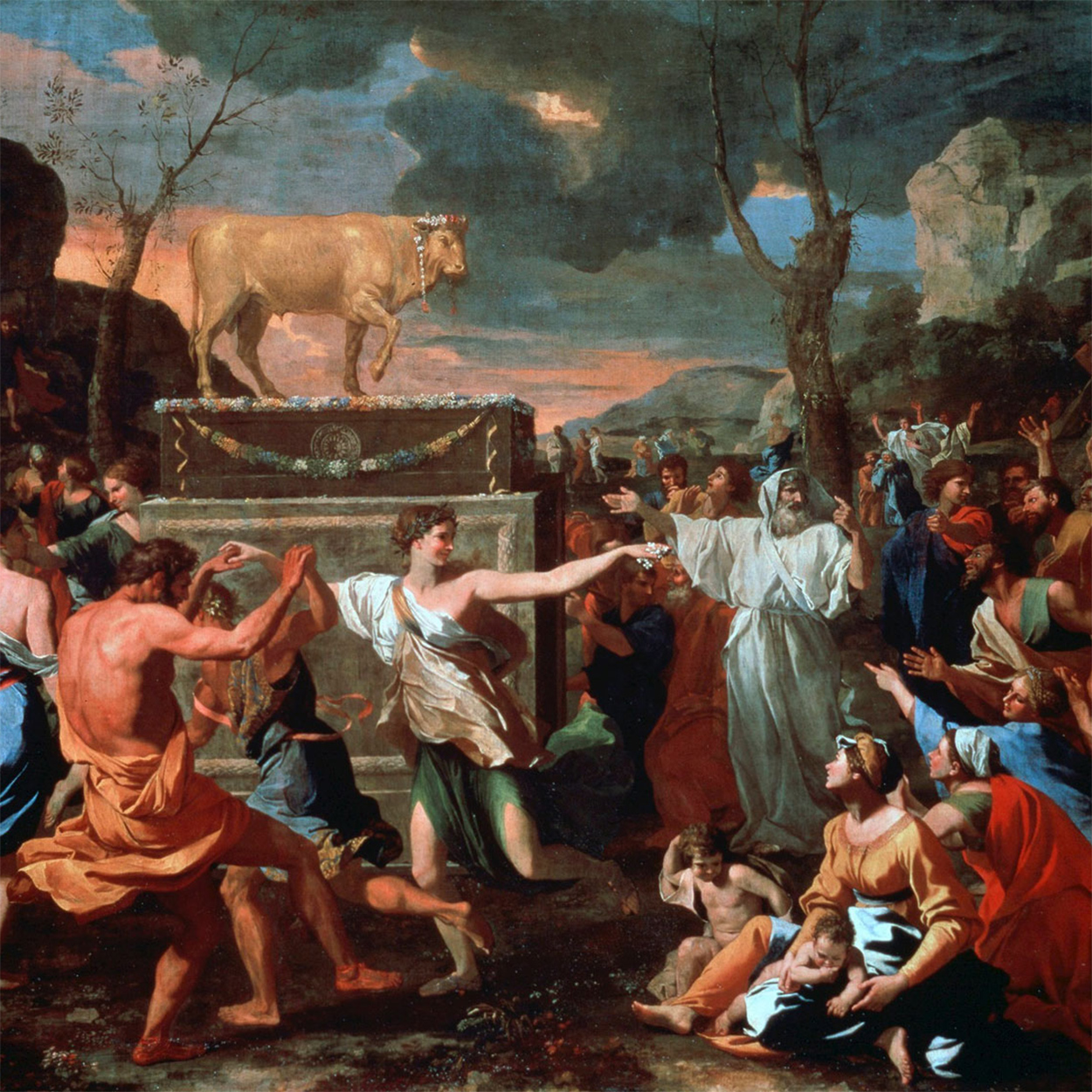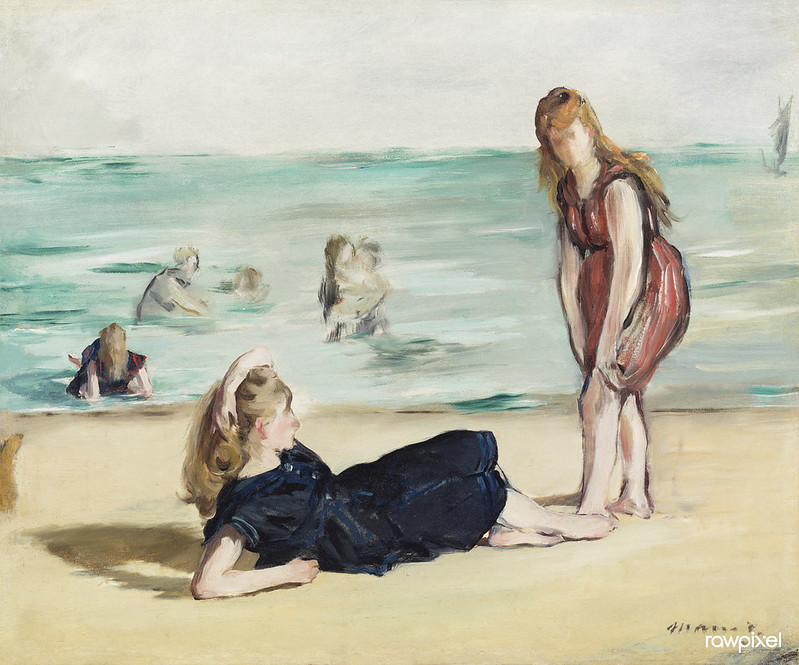In The Go-Between by L.P. Hartley, he writes, “The past is like a foreign country; they do things differently there.”
Just as the Covid pandemic of the last few years has made us all into amateur epidemiologists, so has the accessibility of online sources providing information about historical events (including those in our church history) turned many of us into amateur historians. But what is reliable history, and which histories should we believe?
Through the years, I’ve gradually gained some insight into this question—illustrated well by three examples from French History.
The History Raconteurs
In a French History class as part of my undergraduate studies in the early 1980s, we used the textbook La France et Sa Civilisation by Jacques Hardré, published in 1969. I was surprised by the overly positive character descriptions of many of the major players in the history of France, from Clovis and Charlemagne all the way to and including Charles De Gaulle (see, for example, pages 162, 168, 351). Dr. Hardré even had some nice things to say about one of the villains of French History, Maximilien de Robespierre, on page 264.
The overly positive tone of the textbook seemed a bit odd until I read the book’s Foreward, where Hardré clearly states that he is emphasizing the accomplishments of the French people and their contributions in the areas of worldwide culture, language, philosophy, art, and literature. In other words, his history textbook could be described as overtly positive and even promotional in nature. “History is whatever we say it is.”
Around this time, I also happened to be reading a book by the famed historical novelist James A. Michener. The book, Iberia, is unique among Michener’s works in that he introduces his reader to the various regions of Spain through his own travels, relating the regional and national culture and history of Spain (and a little about Portugal) as he goes. I no longer own this volume, but one of Michener’s travel encounters left a lasting impression.
While dining in a small Spanish town, Michener was joined by a tourist from France. The Frenchman possessed a coin (or medallion) that memorialized the liberation of Paris by Charles De Gaulle near the end of World War II. Michener questioned the accuracy of such a depiction since while De Gaulle had something to do with the liberation of the French capital, to give him full credit was an extreme simplification. The Frenchman responded with something like, “History is whatever we say it is.”
To call this style of portraying history “patriotic” would be too specific. A better, more generalized term might be loyal.
At this point, my opinion of French History, as told by the French, was that it was one-sided, romanticized, and perhaps a bit fictionalized as well. This condescending attitude was greatly tempered, however, when I recalled the versions of American History that I had been exposed to during my childhood.
The Textbook Wars
My first introductions to American History were in elementary and middle school during the late 1960s to mid-1970s. I recall that women were barely mentioned, while a very few black American or other ethnic minority figures were included. When studying the colonial period, barely a sentence was reserved for Washington and Jefferson’s past experience as significant slaveholders or for the plight of slaves in general. The textbooks seemed determined to paint the founders and early American leaders as great heroes whose flaws and failures were barely worth mentioning.
The struggle over the proper way to present American History to students has, in fact, been ongoing for the past 150 years. In an essay in 2005 entitled “The American Textbook Wars: The Revised Edition,” Joseph Moreau summarizes:
The context for disputes over history teaching shifted significantly from the 1870s to the 1960s to the present, and that evolution has much to teach us. But what has persisted, particularly in the last twenty years, is the tendency to frame discussions of the curriculum with champions of a hoary, “traditional” history on one side and “revisionists” on the other.
While recent textbooks have become more balanced (American History, 17e, 20b as an example of Washington and Jefferson as slaveholders), the battle over what to include and what to withhold in retelling national history continues to this day, with current controversies over Critical Race Theory (CRT) being the most visible.
How do we square our view of current proper history education with what has been presented and taught in the past? What should our attitude be toward those in past centuries—and even decades—who published histories that we find less complete and inadequate in various ways from our perspective today?
Seat Belt Presentism
Among the cherished photographs of my 1960s childhood is one taken of family members posing outside our parked gray station wagon with the majestic Teton Mountains in the background. While the photo was intended to memorialize the adventures of a family vacation, more recently, my focus has turned to that large, old station wagon and its safety features—or lack thereof.
Our family vehicles, from my earliest memories until the mid-1970s, were never equipped with seat belts, and when the restraints began to be required, only lap belts were installed, and this was only for the driver and passenger(s) in the front seat. All three rows of seating in the station wagon—including the fold-out, back-facing third row—were bench seats without a single seat belt among them.
I recall long family drives where we took turns occupying the privileged position sandwiched between our parents in the front seat, alternating with the other rows of seats. At various intervals, the five kids would switch places, climbing over and back from seat row to seat row, oftentimes when the car was in full motion. And when the car would take a sharp turn, we’d slide laterally along the bench accordingly because there was nothing to restrain us.
We were not unique. Virtually all vehicles and their passengers were the same.
Of course, today, none of this would be tolerated. A police officer observing such behavior would be obligated to pull the vehicle over and issue a citation. Repeated violations could even result in the parents being arrested for child endangerment and potentially being deemed unfit—even risking losing custody of their children.
Were my parents—and all of the other parents of that era—reckless and irresponsible? By today’s standards, yes. But judge them according to the time in which they lived, and the answer is, of course not. They strived to be the best parents possible, given the knowledge, acceptable behavior, and standards of the time.
By the same token, if a history is written according to acceptable standards of its day but not to the standards of our day, does that make those historians dishonest and disreputable? If their intent was promotional, devotional, or loyal, can we honestly accuse them of being deceptive?
Keeping a History for the Church
In scripture sacred to Latter-day Saints, Doctrine and Covenants Section 47, a call to John Whitmer to serve as official church historian and recorder is documented. The wording of the revelation is instructive. Whitmer is asked to “keep a regular history,” assist Joseph Smith with “transcribing all things,” and to “keep the church record and history.” Importantly, it says nothing about publishing a history.
Nevertheless, the first publishing of an official church history began in the pages of the Nauvoo Times and Seasons from 1842 to 1846, resumed in the Salt Lake City Deseret News between 1851 and 1858, and became known as the History of Joseph Smith. The first official, more extensive history of the Church in book form was produced in seven volumes under the editorship of assistant church historian B. H. Roberts in the early twentieth century. Looking back on this text, modern-day church historians with the current Joseph Smith Papers Project (JSPP) point out the obvious when they remind us that “Readers should understand that the Roberts edition reflects the historical standards and limitations of its time.”
Of course, partial histories were published all along the way to supplement the message of the Church in an effort to provide exposure, teach, and train both its members and outsiders. These, too, would reflect the historical standards and limitations of their time. Among other things, this encourages more understanding and allowance in modern readers for promotional, devotional, and loyal versions to be published without upbraiding the Church for adopting objectives for its historiography that were popular and respected in more mainstream historical publishing projects in the world around them.
One of the important limitations for producing a modernized version of church history was the lack of knowledge and organization of what the Church possessed in the way of historical manuscripts. Long-time Assistant Church Historian Dean C. Jessee related that when he began working in 1964, “the organization and care of the material in the manuscript section was in its beginning stages.” The Church Historical Department was eventually formed in 1972, and Church Historian Leonard Arrington charged Jessee to catalog all Joseph Smith documents in the Church’s possession.
Apparently, the Church did not know the full scope of what documents it had in its possession, nor everything that was in them prior to Jessee’s work. Naturally, it is difficult to construct a reliable and complete history with such limitations. Jessee’s early efforts have blossomed into the expansive Joseph Smith Papers Project of the twenty-first century, which has been endorsed by the National Archives’ National Historical Publications and Records Commission. That rich and growing resource has resulted in a proliferation of extensive publishing, digitization, and accessibility of documents related to Joseph Smith and the early history of the Church. Judge them according to the time in which they lived.
With Saints, the Church has gone beyond the standards of pre-1980s textbooks by giving a much greater voice to the women of the Restoration and their involvement in the growth of the Church, as well as highlighting local histories from many countries, cultures, and peoples outside North America and Europe. The new history also doesn’t avoid giving place to major lowlights along the way. With a goal of making the text as accessible as possible, the volumes are written in story format and at a 5th-grade reading level—made available in their entirety for free online in 14 languages. For those wishing to study more deeply into any particular topic, including the uncomfortable ones, extensive source material is electronically linked throughout the series.
Conclusion
So, what is reliable history, and which vantage point should we believe?
To be sure, we don’t need to accept any history as fully authoritative—including modern-day texts, which undoubtedly reflect the biases of our own day and time. Whether past or present in their publication dates, histories may be variously promotional, devotional, loyal, or something else in nature.
Whatever the case, labeling these various writers and publishers as patent liars and overt deceivers is unwarranted and, ironically, exposes a lack of awareness of the variability and history of history-telling as a practice, art, and trade. Hastily ascribing deceptive motives to publishers and writers misses much insight that can be gained by observantly acknowledging different acceptable standards and styles of the past (and present).
It is neither gracious nor charitable of us to sit atop an ivory tower constructed over centuries from the histories compiled by others, look down upon the huddled masses of the past, and ridicule them when they fail to see the full panoramic landscape around them because they describe it within their own limited context.
I, too, once pompously chuckled at the transparently simplistic and optimistic attempts at French History that crossed my path. When I better understood the environments in which those and other histories were produced, however, gaining a little self-awareness, I realized that my arrogance was unwarranted. I now look at these and other attempts at writing history more charitably and encourage others to adopt this approach as well.
















